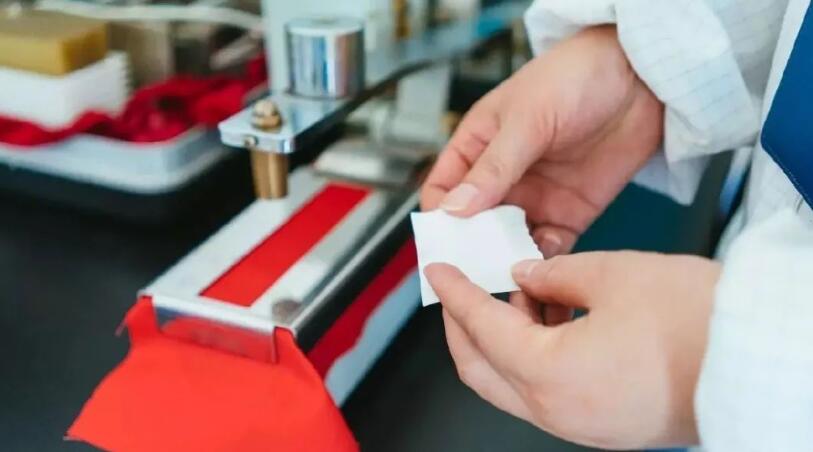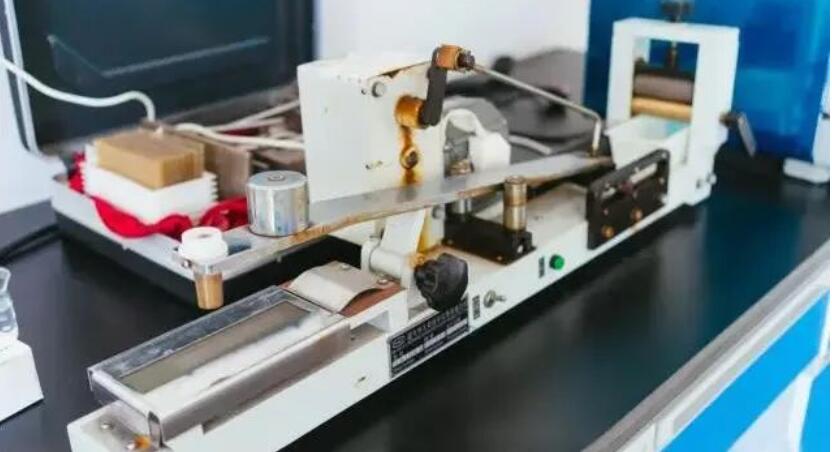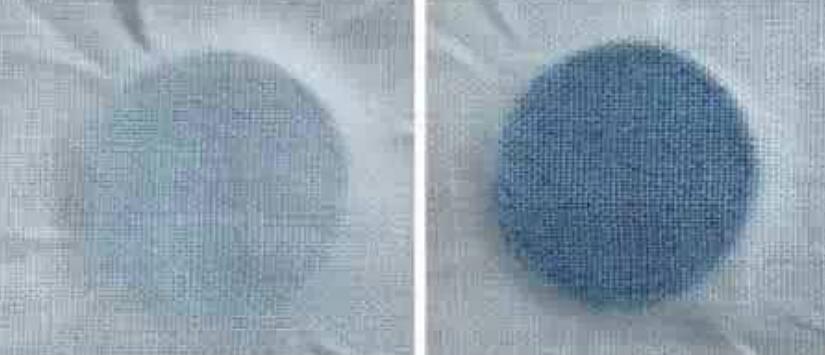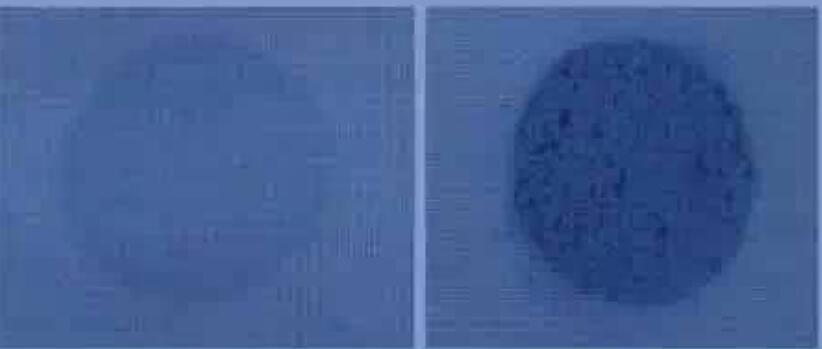I Will Tell You The Truth About The Causes Of Textile Rubbing Fastness Staining In The Next 60 Secon
Textiles in the daily taking process due to the movement of human limbs lead to different fabrics often occur friction, especially when people wear dark and light color with the clothing, the dark fabric friction resistance color fastness to be sufficient to prevent the transfer to light-colored fabrics after a long time taking.
In order to assess the rubbing color fastness of textiles, at present, the test method of GB/T 3920-2008 "textile color fastness test rubbing color fastness" is generally used to test the rubbing color fastness of textiles, which judges the rubbing color fastness of textiles by evaluating the degree of color staining of standard white cloth. Although the method is simple, practical and popular, the causes of friction staining are less explored.
In this paper, we analyze the causes of staining mechanically through microscopic observation and analysis of the staining area and fiber composition of the specimen, and thus hope to help improve the color fastness of textiles to rubbing.
Test
1.1 Test material
Samples: Two samples (polyester and Lysol blended textile) were selected for this test that showed color staining after the rubbing test in the daily test.
Cotton cloth: in line with the requirements of GB/T 3920-2008.
Distilled water: Comply with the requirements stipulated in GB/T 3920-2008.
1.2 Test equipment
Rub resistance color fastness testing machine: maintain a constant pressure, in line with the requirements of GB/T3921-2008. CU-2 type fiber microscopic image detection analyzer, magnification 100 times ~ 500 times. Balance: accuracy of 0.01 g.

1.3 Fastness to friction test procedure
Prepare the sample in accordance with the provisions of the standard method, the specimen clamped on the friction table, and then the standard dry friction cloth and the specified moisture content of wet friction cotton cloth clamped on the friction head, pneumatic machine for the specified number of reciprocal friction.

1.4 Microscopic observation test procedure
Cut the round stained area of the cotton sample and specimen samples, respectively, with Hastelloy slicer slices and then use the microscopic image detection analyzer to observe the photo.
1.5 Test results and analysis
Using the circular friction head to pile and twill fabric specimens were rubbed test, test cotton staining (the left is dry friction, the right is wet friction) picture after enlargement, see Figure 1 and Figure 2. from the picture can be found, wet friction staining is generally more serious than dry friction staining, in the actual testing process, the majority of samples in line with this law. Analysis of the reasons for this is mainly related to the following two points.
1) Migration from the specimen to the cotton fabric is more likely to occur after wetting during wet rubbing (Figure 1).

(2) wet rubbing process, the sample surface of the fiber feathers by the friction of the friction is easy to happen after shedding, shedding of fibers after wetting in the reciprocal friction is more likely to occur entanglement, and then the formation of small ball, small ball off the transfer to the cotton, objectively also increased the staining of cotton (Figure 2)

Conclusion.
After the rubbing test on the specimen and microscopic analysis of the staining area, the color transfer of the textile after the rubbing test is mainly due to two reasons.
1. the dye is transferred, especially after the sample is wetted, the dye is more likely to be transferred, which is also the reason why the color fastness of wet rubbing is generally worse than that of dry rubbing. It should be noted that the dye has transferred and may stain the fibers on the surface of another sample; it may also be difficult to stain and thus remain on the surface of another sample in the form of particles.
2. The fibers are shed by friction and transferred from one sample to another.
The poor color fastness of textile rubbing resistance may be affected by these two aspects, or one aspect may be dominant, such as dye transfer and top-dyeing dominant.leave message to get the Textile Rubbing Fastness Trster details!

